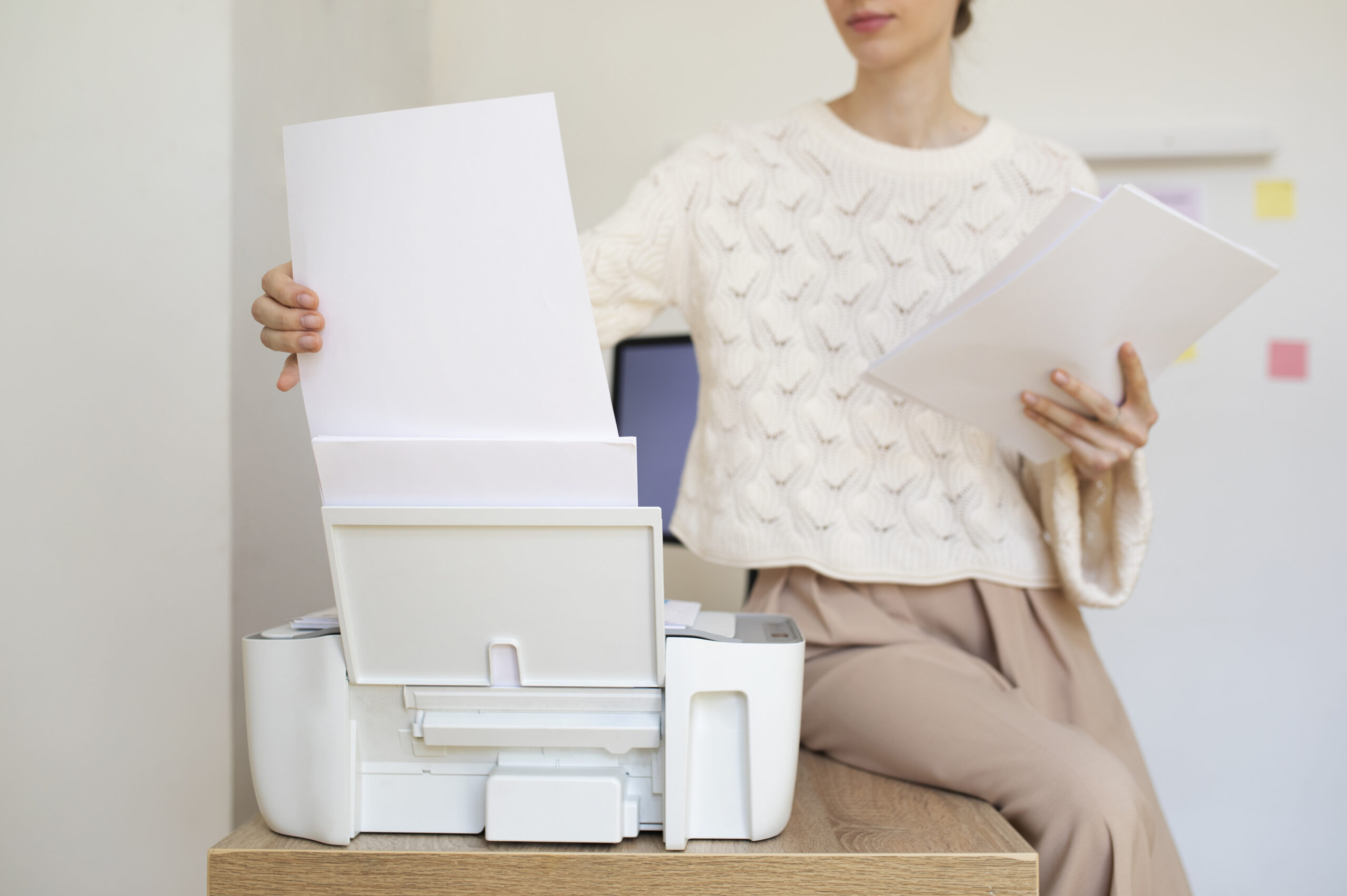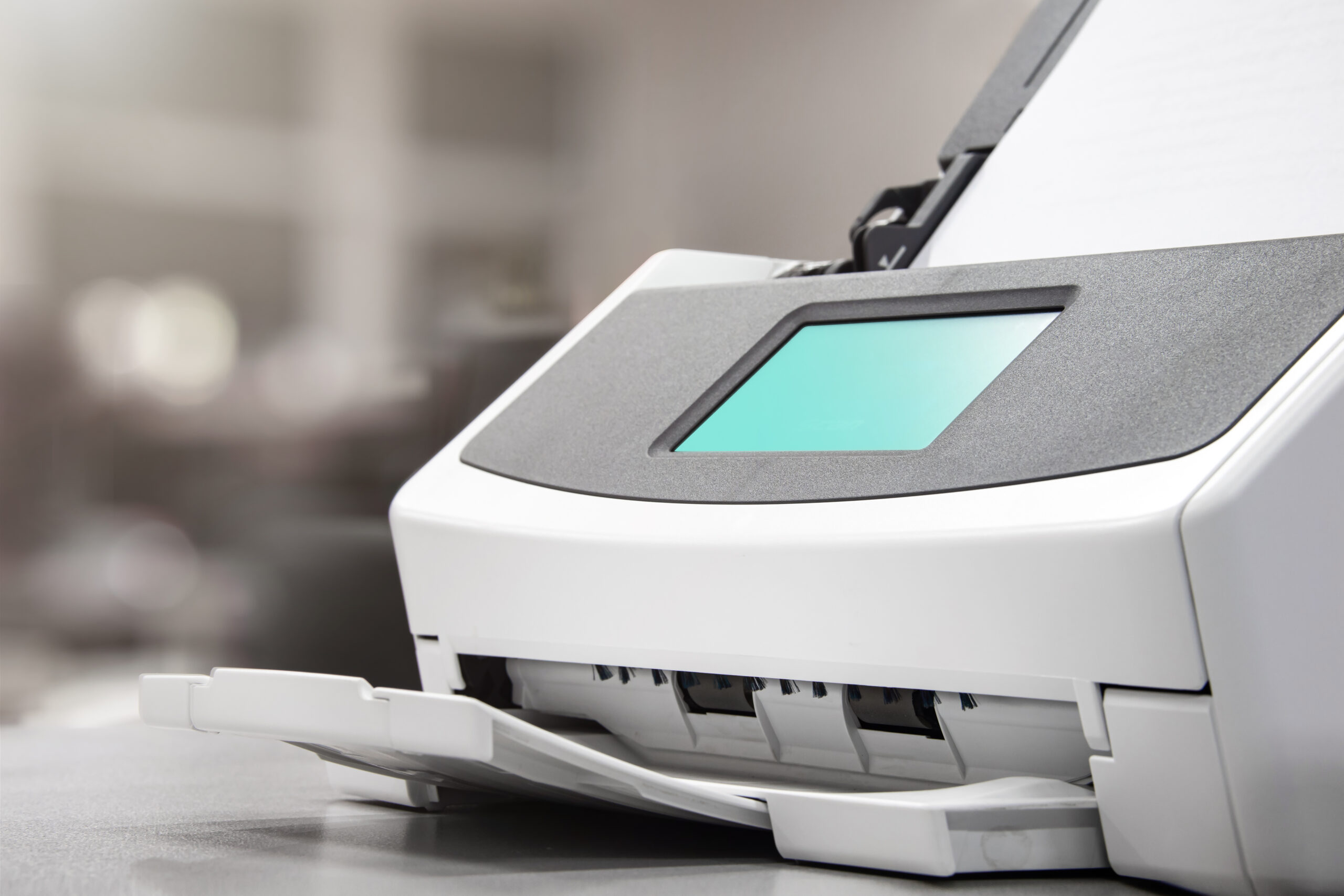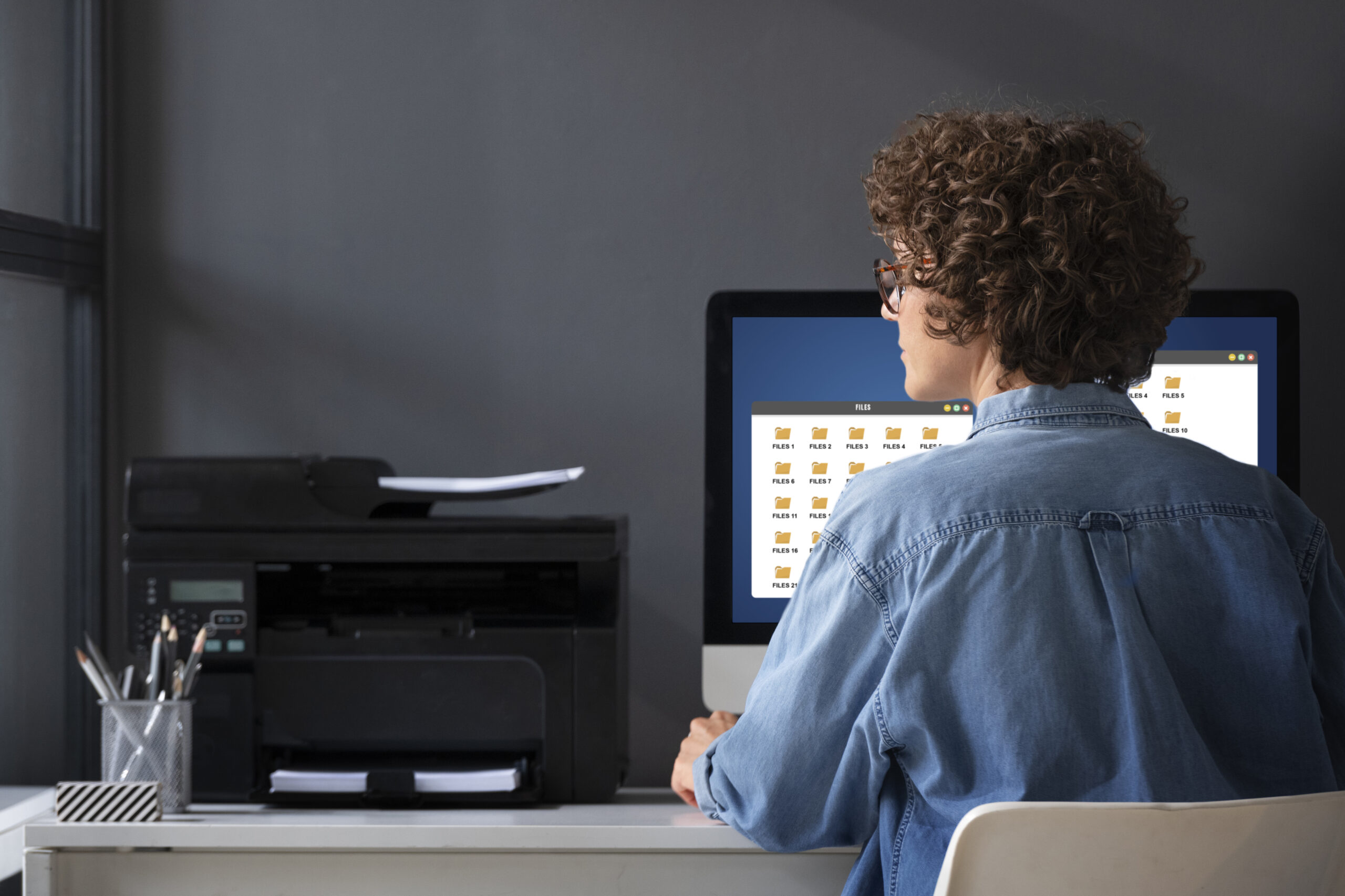The Ultimate Guide to Printing Professional Documents at Home

You can produce professional documents at home if you treat the page like a product: clear structure, readable type, consistent spacing, and the right paper and presets for the job. This guide walks through a practical, brand-neutral workflow that makes invoices, reports, proposals, certificates, and handouts look polished without expensive gear. You will learn how to choose efficient fonts, set reliable margins and spacing, prepare graphics and images that stay sharp while using less ink, select paper that supports duplex without show-through, and dial in print driver presets that prevent smudges and jams. Each step is straightforward and repeatable, so your documents look consistent every time.
Set up a clean page template
Start with a template so every document shares the same skeleton. Choose the correct paper size (A4 in the UK), set margins that balance density with breathing room, define heading styles with consistent spacing before and after, and store a cover page and a content page variant. Save the file with your chosen font stack so nothing shifts when you open it next month. A good template removes last-minute decisions and keeps your print result stable across different machines.
| Setting | Recommended | Why it helps |
|---|---|---|
| Page size | A4 (210 × 297 mm) | Standard for UK printing and filing |
| Margins | Top 18–22 mm, Bottom 18–22 mm, Left/Right 18–22 mm | Good balance of text density and white space |
| Header/Footer | 10–12 mm from edge | Keeps content away from printer unprintable areas |
| Body size | 11–11.5 pt (screen) → prints well at 100% | Readable while keeping page count sensible |
| Line spacing | 1.3–1.5 | Airy lines for long reading without wasting paper |
Fonts, sizes, and hierarchy that read well
Readable type is the strongest signal of professionalism. Choose a robust text face for body copy and a clean, bolder companion for headings. Avoid heavy display fonts for long paragraphs; they drink ink and tire the eye. Use bold sparingly and rely on size, spacing, and alignment to create hierarchy. For small home printers, avoid hairline weights that can fade and avoid ultra-thick weights that pool ink at junctions.
| Element | Size / Weight | Notes |
|---|---|---|
| H1 | Clamp 26–36px equivalent | Short, specific titles work best |
| H2 | Clamp 20–26px equivalent | Chunk sections; avoid long sentences |
| H3 | Clamp 18–22px equivalent | For sub-points and short checklists |
| Body | ~11–11.5 pt | On-screen 16px equals ~12 pt visual size |
| Captions | 9–10 pt | Keep contrast high for readability |
Margins, spacing, and grid consistency
Professional pages feel calm because they follow a rhythm. Use a simple vertical grid by setting consistent spacings before and after headings. Keep list styles aligned and avoid deep nesting that creates ragged edges. For long documents, add running headers with document title on the left and section name on the right, plus page numbers in the footer. Keep images aligned to the grid and use captions instead of full-width coloured bars.
- Spacing rhythm: Set H2 spacing-before roughly twice the paragraph spacing.
- Lists: Use short bullets, keep each bullet to one sentence when possible.
- Columns: If using two columns, increase line-height slightly to avoid crowding.
Preparing images, charts, and logos

Home printers do best with images prepared at the target print size and 200–300 dpi. For charts and logos, prefer vector sources or clean PNGs with sharp edges. Avoid heavy background tints and gradients that inflate ink coverage and risk smudges on duplex. For photographs, crop to the subject and avoid full-bleed unless your device supports it cleanly; small insets with captions look sharp and dry faster.
| Asset | Preparation | Why it helps |
|---|---|---|
| Photos | Resize to placement width, 200–300 dpi | Less ink, faster print, crisp detail |
| Charts | Use labels; limit colours; avoid heavy fills | Readable in greyscale and duplex |
| Logos | Vector (SVG/PDF) or high-quality PNG | Sharp edges at small sizes |
Colour use that looks smart and costs less
Colour earns its place when it clarifies meaning. Use one accent colour for headings or dividers and keep body text in black for maximum legibility. Replace coloured backgrounds with white space and structured hierarchy. If your document will be printed on different devices, test a greyscale preview to ensure charts remain readable without colour dependence.
- Accent sparingly: One highlight tone for headings and subtle rules.
- Greyscale proof: Ensure charts and figures hold up without colour.
- Accessibility: Avoid low-contrast tints for body text.
Paper choice, GSM, and duplex

For duplex documents, 90–100 gsm stock reduces show-through and curls less after the first side prints. For letterheads and small covers, 100–120 gsm adds stiffness without stressing the path. Glossy or coated media should be single-sided unless your printer explicitly supports duplex on coated stock. Store paper sealed and away from humidity to keep fibres stable.
| Use | GSM | Finish | Preset tip |
|---|---|---|---|
| Everyday duplex text | 90–100 gsm | Matte | Thick/Heavy 1 for stable flips |
| Reports & letters | 100–120 gsm | Matte or satin | Plain or Heavy 1 depending on device |
| Photos / promos | 120–160 gsm | Glossy/coated | Photo/Glossy, single-sided |
Print driver presets that prevent issues
Presets control speed, heat (for laser), and ink laydown. Set up a few named presets so you are never guessing at the print dialog. For text, greyscale normal mode is efficient and crisp; for duplex, step up to a thicker setting even on 90–100 gsm; for covers or heavier stock, use Heavy/Cardstock to slow the path and improve bonding. Save presets so anyone in the house can pick the right one in one click.
| Preset name | When to use | Core settings |
|---|---|---|
| Everyday (mono) | Drafts, internal copies | Greyscale, duplex ON, normal |
| Duplex-Thick | Reports with 90–100 gsm | Thick/Heavy 1, duplex ON |
| Final Single | Submission-ready pages | High/Normal, single-sided |
| Covers/Labels | 120–160 gsm or labels | Heavy/Cardstock or Labels, manual feed |
Windows & macOS print workflows
Windows 10/11
- Open Print → Printer Properties or Preferences → pick your saved preset.
- For duplex reports, select Long-edge binding and confirm paper type is set to Thick/Heavy 1 if stock is 90–100 gsm.
- Save as a custom preset so next time is one click.
macOS
- File → Print → from the drop-down (Layout/Paper Handling), choose Media Type and quality.
- Set Two-Sided and binding edge, then click Presets → Save Current Settings as Preset.
Proofing, preview, and last checks
Always preview before printing. Check for widows and orphans, extra blank pages, and images that overspill margins. For tables, ensure totals are not stranded on a final sheet. Print a single page first when using new paper or presets. If you see faint lines or smudge, step the preset up one level or switch to a fresher paper stack.
- Preview: Catch blank final pages and overspill.
- Test page: One page first on new media or presets.
- Margins: Keep key content 10–12 mm away from every edge.

Common problems & quick fixes
| Problem | Likely cause | Try this | If still bad |
|---|---|---|---|
| Show-through on duplex | Stock too thin | Use 90–100 gsm; reduce heavy fills | Switch to Duplex-Thick preset |
| Smudges on glossy | Wrong media type | Select Photo/Glossy; single-sided | Allow longer dry time |
| Jagged small text | Low-res export | Export PDF text as text, not image | Use vector charts/logos |
| Paper curls mid-job | Humidity / heat | Flip stack curl-down; fresh sealed ream | Heavier stock; lower density |
One-page checklist (follow this every time)
- Template loaded • Styles applied (no manual overrides)
- Images resized to placement • Charts labelled • Minimal fills
- Paper selected for purpose • Preset chosen (Everyday / Duplex-Thick / Final Single)
- Preview checked • One-page test • Full run

FAQs
What paper weight should I use for duplex reports?
Pick 90–100 gsm matte stock. It reduces show-through and curls less, giving cleaner flips and sharper pages when printing on both sides.
Do I need a special font for printing at home?
No. Use a practical text face with regular weight and avoid ultra-thin or ultra-bold styles for body copy. The layout and spacing matter more than the brand.
Are coloured backgrounds a bad idea?
Yes for long documents. They consume ink, slow drying, and can look patchy on duplex. Use white backgrounds with clear headings and thin rules instead.
Why do my photos look dull on plain paper?
Plain stock absorbs ink and flattens contrast. Use better paper for photo-heavy pages or reduce image size and boost contrast slightly before printing.
Is a “High Quality” preset always better?
No. Reserve high quality for finals and images. For text, normal mode with good fonts and spacing looks clean and costs far less per page.
Can I print certificates at home?
Yes. Use 120 gsm stock, single-sided, and a “Heavy/Cardstock” preset. Keep margins generous and export a high-resolution PDF for best edges.
Guide Axis provides brand-neutral education only. No remote access, repairs or warranty services.
